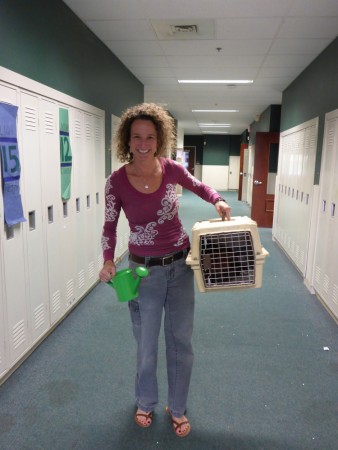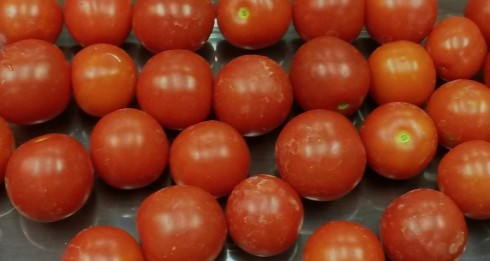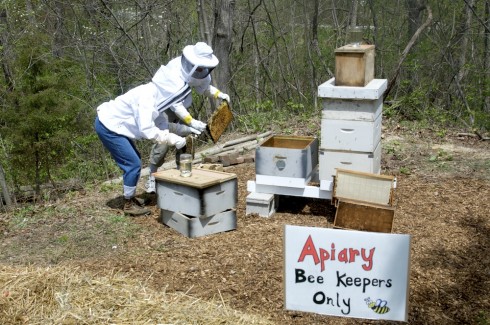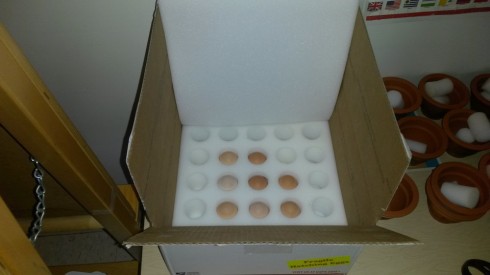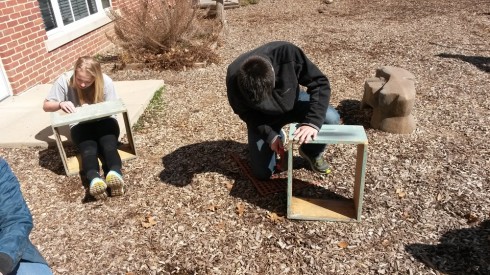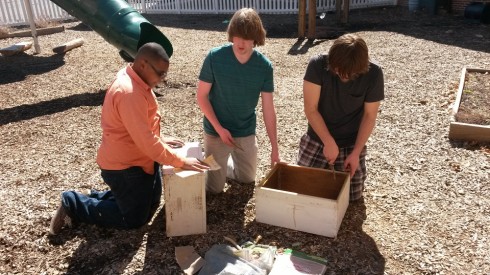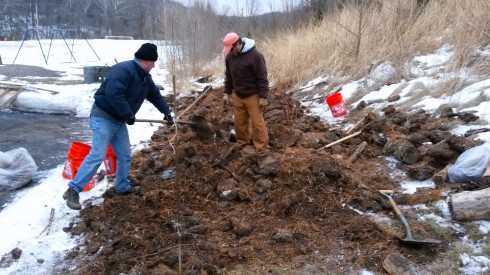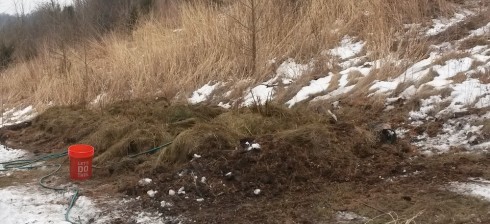Initial reports indicated a chicken with a broken leg; some rumors suggested the chicken had gone missing as well. These reports instigated an investigation by the Chicken Committee. They determined that the chicken was there, but something was wrong. They sent out a call for medical assistance.
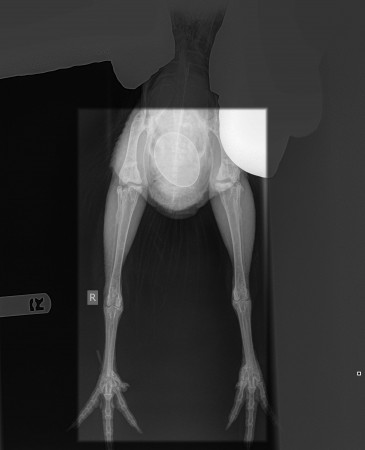
Help came in the form of Dr. Emily Leonard from the Cherry Hills Veterinary Hospital (who happens to be a mom at our school). She took the chicken in for examination.
Based on the X-ray, there were no bones broken, so the issue must have been something else. The large egg that showed up on the radiograph suggested that the chicken could have been egg-bound, however, 20 minutes later, the chicken laid the egg.
So, the chicken is still under observation.
After the initial examination, Dr. Leonard brought the chicken back to school. It needed to be isolated and observed–which is something we now know to do in the future in any other case of injury–and the head of the Chicken Committee (the Chicken Head) made the call that the animal should go back to the hospital for the weekend.
Dr. Leonard deals mostly with pets, so she had to do quite a bit of research. “I learned a lot about chickens today,” she told me afterwards. This is a message I hope the students internalize. With the ready access to information we have today, it’s not so much about the facts you have memorized, but more about having the flexibility and ability to deal with new challenges by doing research and then applying what you learn are essential skills.
